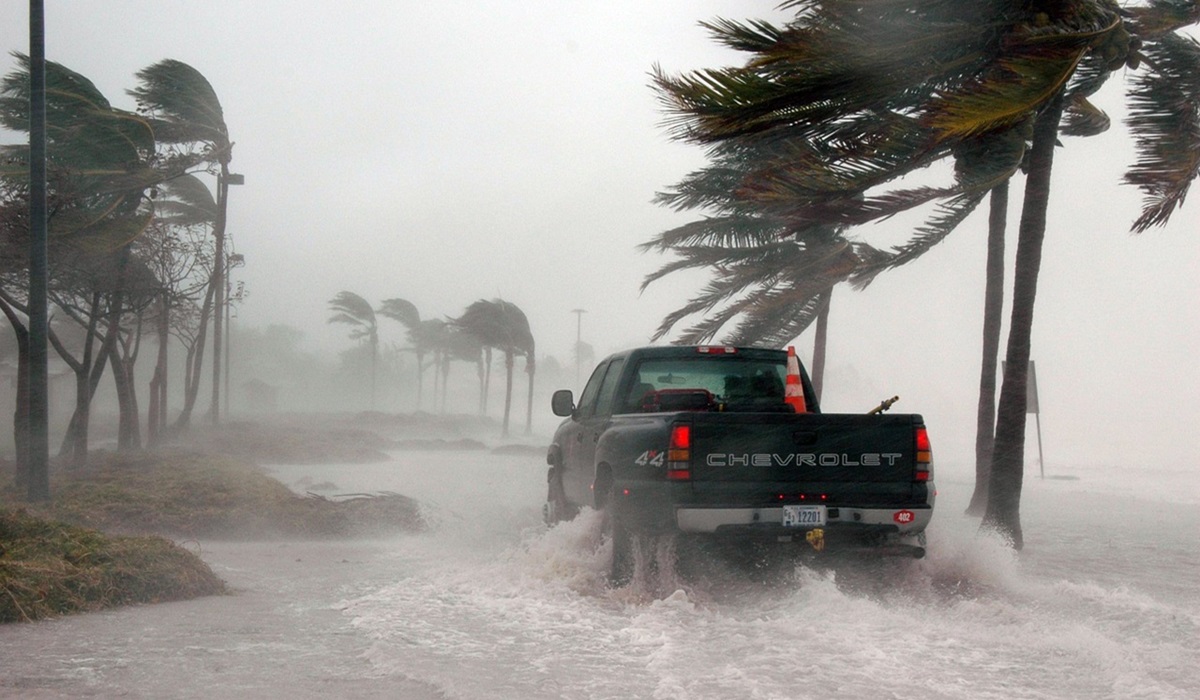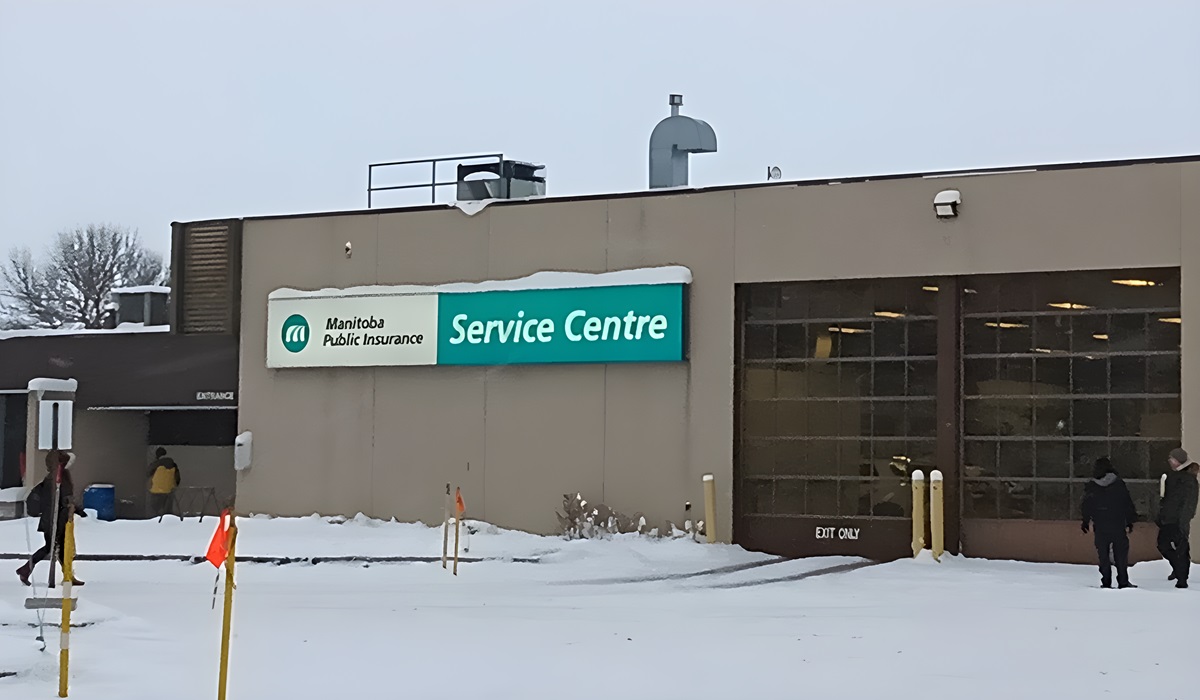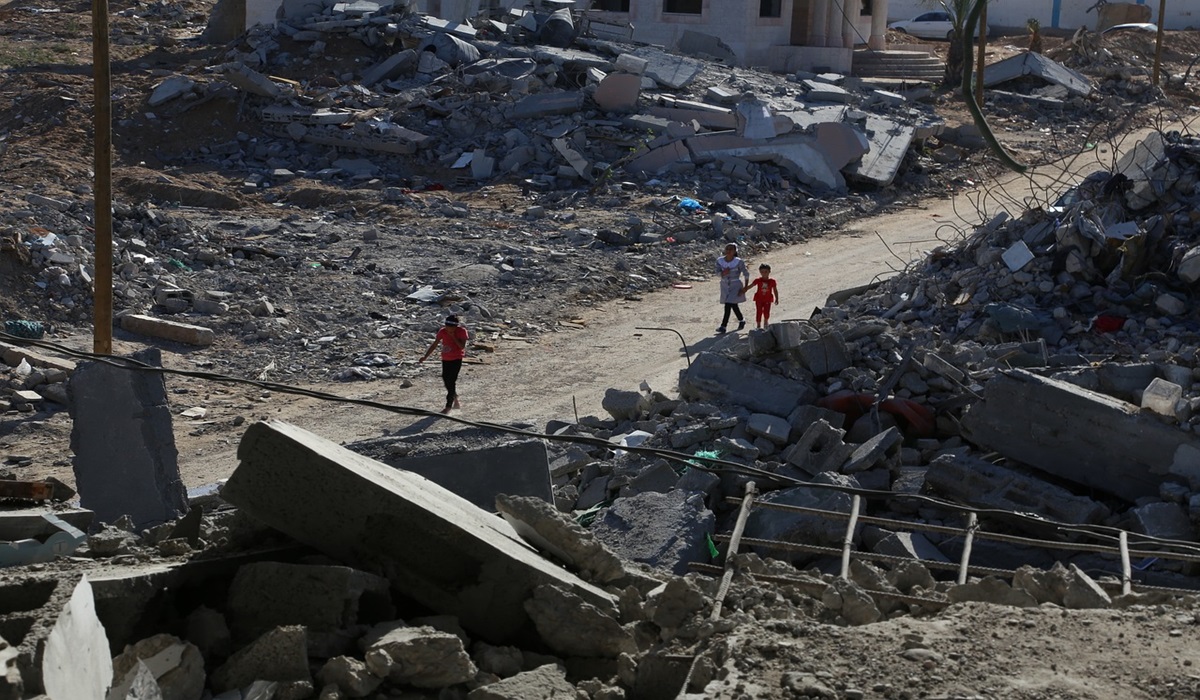Hurricane Helene Leaves 64 Dead, 73 Missing in Tennessee’s Unicoi County
- TDS News
- Breaking News
- September 29, 2024

Hurricane Helene began its journey as a tropical storm, evolving into a potent hurricane that left a trail of destruction in its wake. Forming off the coast of West Africa, Helene was initially projected to stay primarily offshore, sparing major landmasses from its worst impacts. However, as the storm strengthened into a hurricane, its trajectory shifted, and the consequences became far more severe than anticipated.
Helene made landfall on Thursday with devastating force, wreaking havoc across the Southeastern United States, particularly in the Carolinas and Tennessee. At least 64 storm-related deaths have been confirmed since the hurricane’s landfall, marking the tragic toll the storm has taken on communities caught in its path. Flooding, wind damage, and widespread power outages have made recovery efforts increasingly difficult, as state and federal agencies rush to respond to the disaster.
The Federal Emergency Management Agency (FEMA), along with more than 3,200 federal staff and partners, has been deployed to the hardest-hit areas to coordinate relief efforts. Their primary tasks include providing shelter, medical assistance, and ensuring that critical infrastructure is restored. However, the logistical challenges have proven formidable. Hundreds of roads remain closed in the Carolinas, severely hampering the delivery of essential supplies like water and food to those in desperate need. The transportation gridlock has been compounded by the massive flooding caused by Helene’s torrential rains, which left entire communities submerged.
Millions across the Southeast are still without power, struggling to navigate the aftermath of the storm in sweltering heat and without access to basic services. Electrical grid repairs have been slow due to downed power lines and impassable roads, with some estimates suggesting that it could take weeks for full restoration. The lack of power has also impacted hospitals, grocery stores, and emergency services, making it harder to respond to the immediate needs of storm victims.
Tennessee has been particularly hard-hit, with authorities in Unicoi County reporting 73 people unaccounted for in the aftermath of the hurricane. Search-and-rescue teams have been deployed to comb through debris, flooded areas, and isolated mountain communities, hoping to locate survivors. However, the remote nature of some of the hardest-hit areas has made these efforts challenging, as blocked roads and downed communication lines have left entire regions cut off.
Helene’s impact is a grim reminder of the destructive potential of hurricanes, even in areas that are well-versed in storm preparedness. While efforts to rebuild are already underway, the road to recovery will be long and arduous for many. For those who have lost loved ones, homes, or livelihoods, the effects of Hurricane Helene will linger long after the storm clouds have passed.
As communities grapple with the aftermath, the full scale of the damage is still being assessed, and emergency workers are racing against time to provide relief to those in need. For many in the Southeast, Hurricane Helene will be remembered as one of the most devastating natural disasters in recent memory, highlighting the ongoing importance of preparedness, resilience, and coordinated response in the face of nature’s fury.








